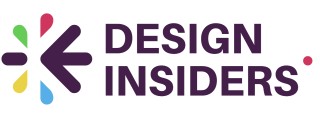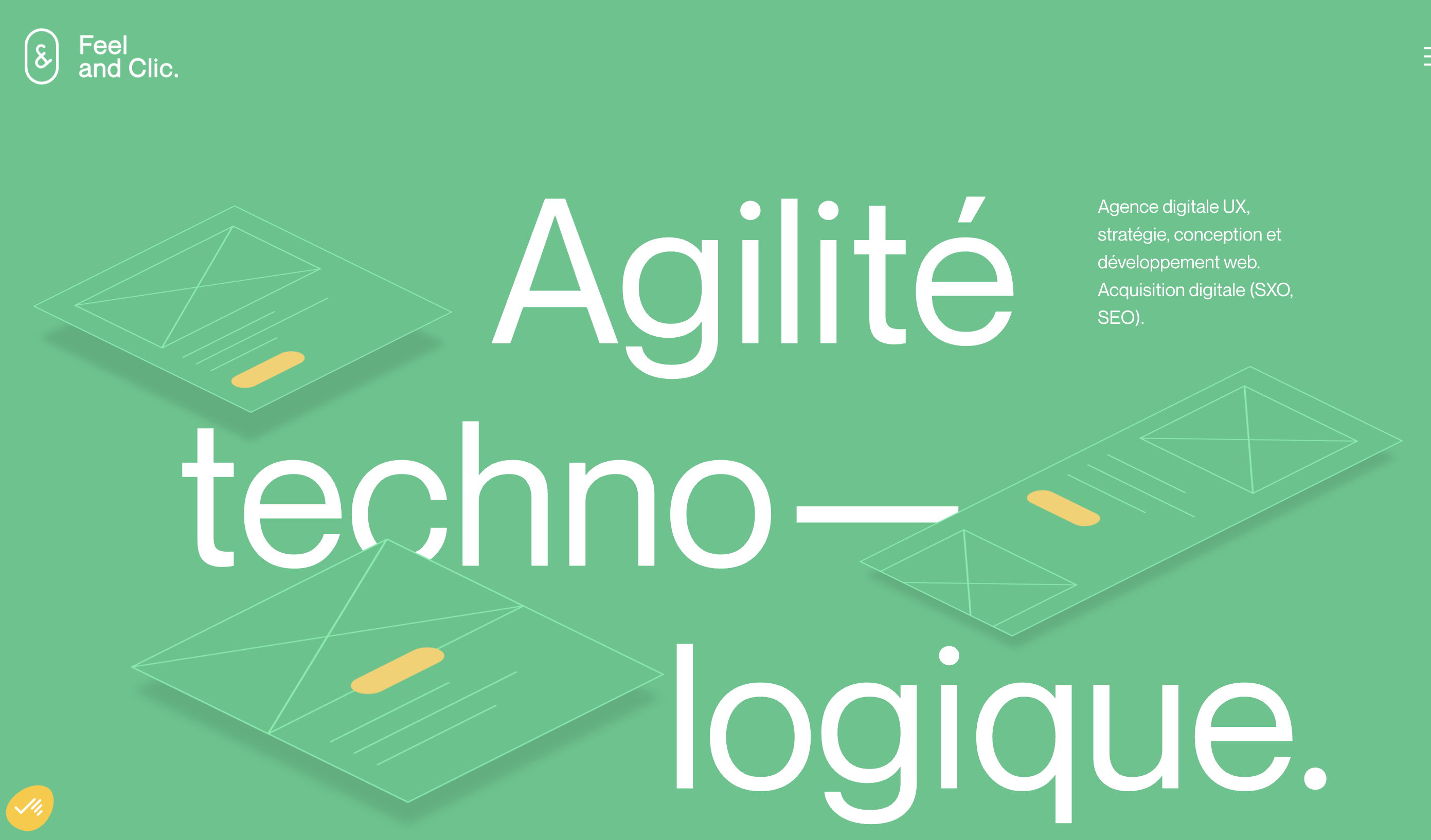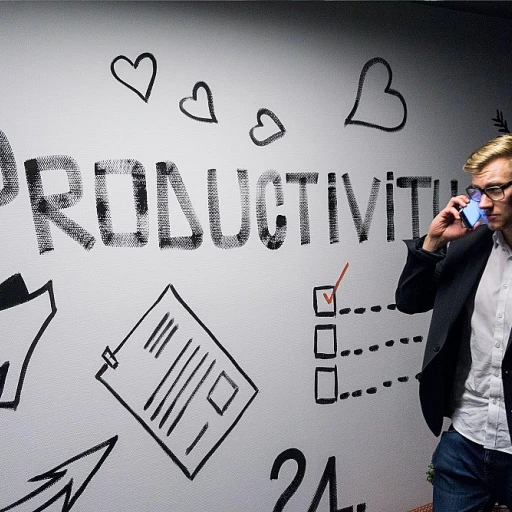The Importance of User Experience Evaluation
Evaluating user experience isn’t just a fancy term designers throw around. It's vital because it puts the user at the heart of every product decision. When usability issues arise, they can render even the most beautifully designed product, useless. That’s why companies like Jakob Nielsen’s heuristic evaluation methods became prominent—they help designers see potential problems before real users ever have to deal with them.
We all want our users to have an effortless interaction with our products. It’s like baking a cake that not only looks good but tastes heavenly. Measuring this experience, though? That’s where the mix of art and science comes in. The emotional response of users often reflects their satisfaction, which can be assessed through various usability evaluation methods.
So, how do we get started? Some businesses rely on usability testing, where real users interact with your product while the designers observe. Sounds pretty straightforward, right? But wait—there’s also the expert review. Sometimes, hiring an expert to test your product can offer insights even users might overlook. Different approaches can churn out valuable insights, pointing out what’s working and what’s not in terms of human-computer interaction.
If you’re just getting into user experience evaluation, remember, it’s no walk in the park. It may demand time and resources, but the payoff—a product that users love and return to—can be immense. Curious about the steps to apply this in your own work? Check out mastering wireframes for better design, a piece that’s all about laying a strong foundation.
Methods for Evaluating User Experience
User-Centric Evaluation Methods
Evaluating user experience is all about understanding how design impacts users in real time. Methods that let designers see the world through the user's eyes are key to identifying and fixing usability issues effectively.- Usability Testing: This method puts a product in the hands of actual users, observing how they interact with it. It helps uncover usability problems and understand where users struggle. The feedback gathered here is invaluable for improving a product's design.
- Heuristic Evaluation: Known for its efficiency, this method employs a group of experts who use established heuristics to identify potential usability issues. Jakob Nielsen, a pioneer in this field, emphasizes that even a small number of evaluators can provide significant insights.
- Expert Review: In this approach, seasoned designers or "experts" review a product against usability and design principles. Their technical acumen and intuitive grasp of user behavior bring to light subtle design flaws that might be overlooked in other methods.
- Emotion & User Feedback: Users' emotions play a crucial role in their interaction with a product. Gathering emotional feedback helps designers understand the emotional responses of users, aiding in crafting experiences that resonate on a deeper level.
- Human Factors & Computing Systems: Incorporating factors computing and ACM York studies, these methods offer insights into how users interact with technologies, combining human psychology with computer interaction principles for a well-rounded evaluation.
Challenges in User Experience Evaluation
Balancing Usability and Emotions
Evaluating user experience is not always a smooth ride, primarily because it involves balancing both usability and emotions. Designers often find themselves caught between ensuring the product is easy to use and creating an emotional connection with users. Usability issues are easier to pinpoint through usability testing and heuristic evaluation. Methods like Nielsen's heuristic evaluations or expert reviews help in identifying usability problems swiftly. However, addressing emotions is an entirely different ball game. Users' emotional responses to a design can vary significantly, and gauging these responses is not straightforward. Designers cannot rely solely on quantitative methods. Often, incorporating qualitative data like user interviews or focus groups allows for a deeper understanding of how users emotionally connect with the product. This is where human factors and human-computer interaction come into play, taking into account psychological aspects and user behavior patterns. You can read more about how emotions shape user experience for further insights.Overcoming Evaluation Method Challenges
Even with a wide array of UX evaluation methods, challenges remain in ensuring these methods provide valuable insights. Selecting the right evaluation method is often key — be it usability testing or leveraging heuristic evaluations. Each method has its strengths and weaknesses, and balancing these can be tough. Nielsen's methods are particularly effective in spotting frequent usability issues but might miss out on some of the nuanced emotional factors computing involves. The challenge lies not only in choosing the right methodology but also interpreting the results in the context of the entire design process.Expert Insights and Resources
The world of user experience is ever-evolving. Designers and usability experts need to be open to learning continually. Resources like the ACM York database offer a wealth of research on human-computer interaction and can be beneficial for designers eager to address usability problems comprehensively. Staying on top of emerging trends and methodologies ensures that evaluations are not only reflective but also forward-thinking. By addressing these challenges head-on, leveraging methods and tools effectively, and considering both usability and emotional factors, designers can enhance product experiences holistically. The outcome? Happier users and more successful products.Tools for Effective UX Evaluation
Effective Tools for UX Evaluation
When it comes to evaluating user experience, having the right tools can make all the difference. These tools help designers and experts uncover usability issues, streamline the evaluation process, and provide valuable insights into user interaction with a product. Let's explore some of the most effective tools that can help you get the job done.
Usability Testing Tools
Usability testing is a cornerstone of user experience evaluation. Tools like UsabilityHub and Optimal Workshop are popular choices. They allow you to conduct remote testing, gather user feedback, and analyze the data to identify usability problems. These tools are designed to help you understand how users interact with your product, making it easier to spot areas that need improvement.
Heuristic Evaluation Tools
Heuristic evaluations are another method used by experts to assess user experience. Tools like Nielsen Norman Group's Heuristic Evaluation Checklist provide a structured approach to reviewing a product's design against established usability principles. This method, pioneered by Jakob Nielsen, is a quick way to identify potential usability issues without extensive user testing.
Analytics and Heatmap Tools
Understanding user behavior is crucial, and analytics tools like Google Analytics and heatmap tools such as Hotjar offer insights into how users navigate your product. These tools track user interactions, showing where they click, scroll, and spend the most time. This data can reveal hidden usability problems and help you make informed design decisions.
Surveys and Feedback Tools
Gathering direct feedback from users is essential. Tools like SurveyMonkey and Typeform allow you to create surveys that capture user opinions and emotions about your product. This qualitative data complements the quantitative insights from analytics tools, providing a fuller picture of the user experience.
Prototyping and Wireframing Tools
Before diving into full-scale development, tools like Figma and Adobe XD are invaluable for creating prototypes and wireframes. These tools enable designers to test and iterate on design concepts quickly, ensuring that usability issues are addressed early in the design process.
Incorporating these tools into your user experience evaluation strategy can save time and resources while enhancing the overall design quality. By leveraging a mix of usability testing, heuristic evaluations, and user feedback, you can create products that not only meet but exceed user expectations.
Case Studies of Successful UX Evaluations
Real-Life Success Stories to Learn From
Diving into how the pros have crushed the user experience evaluation game can really light a fire under our design decisions. These stories are where the theoretical meets the practical. Here’s a couple of examples that hit the mark:
1. Airbnb: A Case of Meticulous Usability Testing
Airbnb took their user experience evaluation to the next level by focusing heavily on usability testing. They ran comprehensive tests with a diverse group of users, which helped them identify key usability issues with their interface. By paying close attention to human factors and aligning their platform with users' expectations, they were able to enhance the ease of use significantly. This led to an improved booking experience that resonates well with their audience. It’s a classic case of ensuring the user isn't left puzzled.
2. Spotify's Heuristic Evaluation Win
Spotify is another prime example when we talk about success through heuristic evaluations. The team was able to spot existing usability problems by carrying out an expert review based on Jakob Nielsen’s method. This approach allowed Spotify to speedily address usability and design evaluation issues, giving users a seamless experience for finding new music. It’s no wonder why they’re a staple in people’s apps.
3. Google and Human Computer Interaction
Google has long been a proponent of integrating human-computer interaction in their design process. By continuously evaluating its search experience, Google has been able to smoothly accommodate complex computing systems behind the scenes without overwhelming users.
These inspiring journeys underline the value of varied evaluation methods, like usability testing and heuristic evaluations, in assessing and refining the user experience. We glean valuable insights from these very experiences when it comes to enhancing our product designs.














